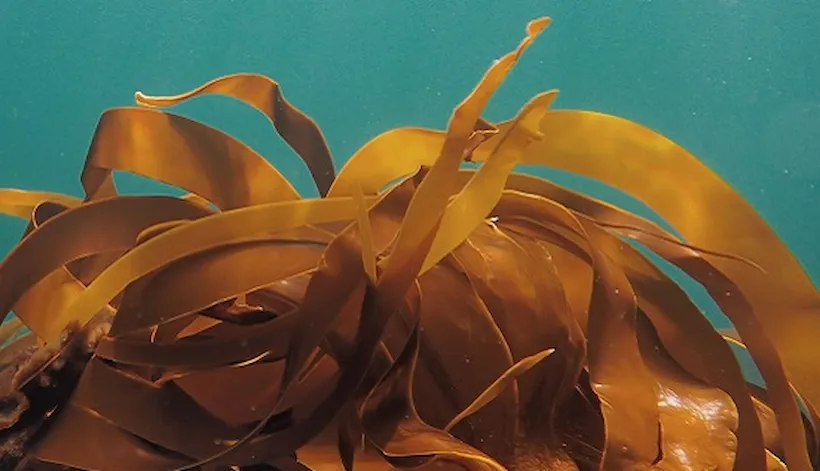As part of our goal of removing more greenhouse gases from the atmosphere than we emit, DNV is exploring new, scalable CO2 removal solutions. One such solution that is currently being explored is the capture of CO2 in cultivated seaweed and subsequent storage in biochar.
To limit global warming to 1.5°C, greenhouse gas (GHG) emissions must be reduced to net zero by 2050. Alongside substantial reductions in fossil fuel emissions, all pathways to net-zero emissions, as outlined by the Intergovernmental Panel on Climate Change (IPCC), involve the removal of carbon dioxide from the atmosphere. In parallel with the climate challenges, we are faced with a nature and biodiversity crisis endangering the ecosystems on which we rely. Hence, implementing solutions that can effectively address both challenges is critical.
Pyrolysis is a technology that transforms biomass into biochar, fixing the carbon for long-term storage. There are already verified methodologies for carbon crediting with biochar produced from waste biomass. The IPCC report Climate Change 2022: Mitigation of Climate Change assesses the global potential of biochar to remove CO2 can be 2.6 billion tonnes yearly. Biochar not only functions as a carbon storage but also has soil-improving properties. From a life-cycle perspective, its application in agricultural soil could for instance reduce the use of synthetic fertilizers.
Farmed seaweed represents a novel feedstock for biochar production and can thus contribute to increased carbon storage. Compared to biomass produced on land, seaweed can be considered a low-input crop, as it does not require increasingly scarce resources like fertilizers, fresh water, or arable land. On the other hand, large-scale seaweed production will take up considerable amounts of ocean space. Therefore, co-location with other ocean industries, like offshore wind, should be considered.
Seaweed farming can have both positive and negative effects on the marine environment. Positive impacts include the uptake of nutrients from the water and the provision of artificial habitats for marine species, whereas alteration of local kelp population genetics, spread of diseases, and facilitation of invasive species constitute some of the greatest environmental concerns.
To be eligible for carbon crediting, seaweed biochar must be accompanied by well-documented measures that effectively manage and prevent negative environmental and social impacts.
For seaweed biochar to become a large-scale negative-emission technology, we must address several knowledge gaps throughout its value chain:
- To prevent negative impacts on wild seaweed populations, we need more knowledge about the risk of spreading potential pathogens and genetic material from seaweed farms, as well as strategies for mitigating such risks.
- Seaweed biochar, with its higher concentrations of sodium (Na) compared to woody biochar, requires a deeper understanding of optimal application strategies in soil to maximize its beneficial traits while reducing challenges associated with Na concentration.
- Lastly, the sum of CO2 uptake and emissions throughout the value chain must be documented to ensure that the seaweed biochar does indeed result in safe removal of CO2 from the atmosphere.
To answer these questions, DNV, together with SINTEF and other partners, has initiated the Seaweed Carbon Solutions Joint Industry Project. The project includes the installation of a 20-hectare farm off the coast of Frøya, Norway, where the first seaweed is being deployed in November 2023. In summer 2024, the first batch of seaweed will be harvested, then pyrolysed into biochar, and tested as soil enhancement.

